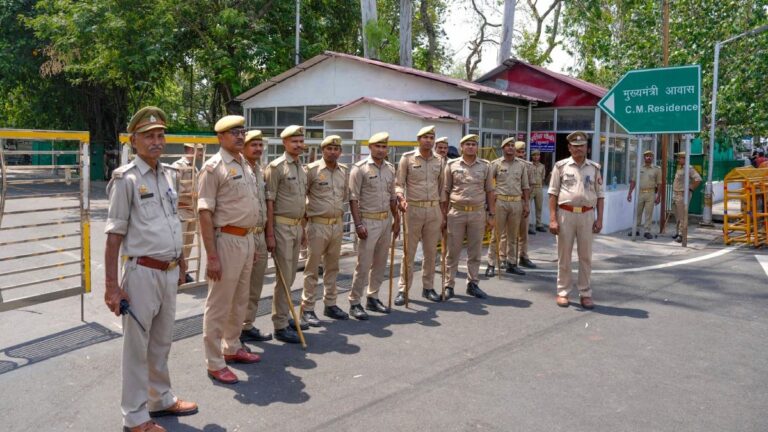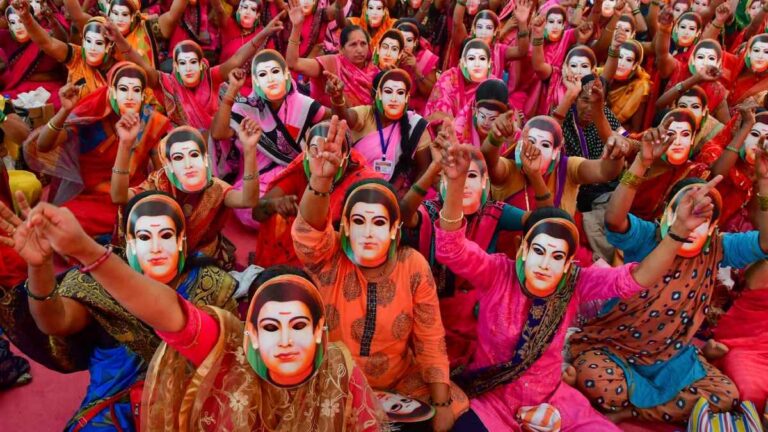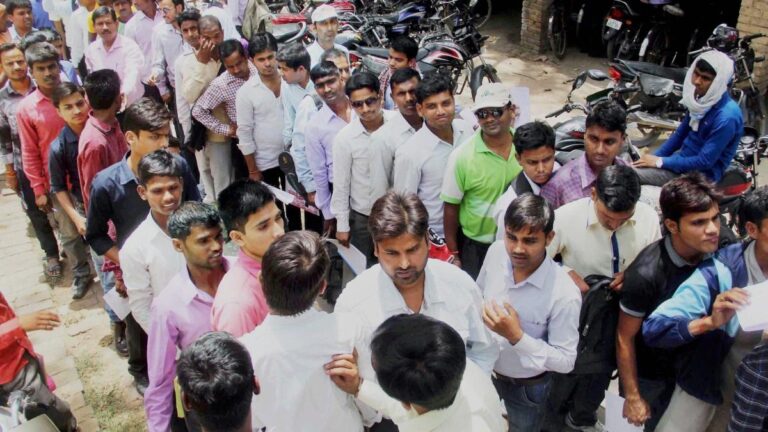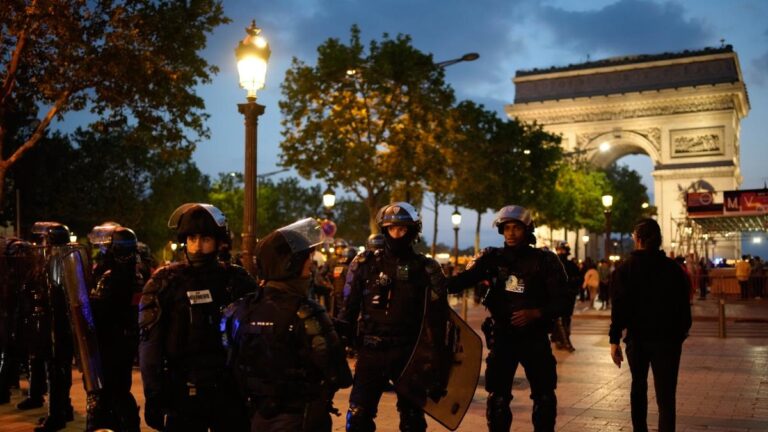France has been plunged in a wave of protests and riots following the deadly police shooting of a 17-year-old driver near Paris. Long-simmering tensions between the police and marginalised communities have been rekindled by the occurrence, resulting in widespread unrest and violence.
Questions about how social media fueled the protests and how the government handled the crisis are raised as the nation deals with the fallout. In this article, we will look at the circumstances that sparked the violence, the impact of social media, and what the future holds for France.
Unrest Breaks Out: The Shooting That Sparked Protests
The unrest was brought on by the murder of Nahel, a 17-year-old African-American youth, during a routine traffic stop in Nanterre, a suburb of Paris. Two police officers were positioned on the driver’s side of the vehicle, and a shocking video shot by a bystander shows one of the policemen shooting his gun at Nahel despite there being no immediate threat. Although the officer stated he was concerned Nahel might run someone over with the car, it is thought that by drawing his firearm, he violated the law. An official inquiry into the officer’s alleged voluntary homicide is already underway.
The killing of Nahel notably affected individuals living in housing developments in France’s underprivileged areas. These areas have long struggled with racial prejudice, unemployment, and poverty, which has left residents feeling frustrated and alienated. Pent-up resentment and rage were released into massive protests and riots as a result of the incident.
The Escalation: Riots, Arson, and Police Clashes
Scenes of discontent and violence started to appear all throughout the nation as word of Nahel’s shooting spread. In the streets, protesters set fire to cars and public buildings, broke windows, and engaged in violent altercations with riot police officers. The demonstrations quickly became more violent, which resulted in several arrests and injuries on both sides.
Gerald Darmanin, the interior minister for France, claims that 917 individuals were detained in a single night and that over 300 police officers were hurt while trying to put an end to the riots. On the fourth night, there were more than 2,500 fires, 500 targeted buildings, 2,000 vehicles destroyed, and several establishments plundered. Although the authorities have not provided injury totals for the demonstrators, it is obvious that the unrest has caused serious casualties and property damage.
The Role of Social Media: A Two-Edged Sword
In the middle of the commotion, French President Emmanuel Macron blamed social media sites like TikTok and Snapchat for contributing to the violence. According to Macron, these platforms encouraged violent imitation and the dissemination of provocative material by playing a “considerable role.” In addition, he criticised video games for perhaps contributing to the unrest.
A French official revealed the name and address of the policeman who shot at Nahel on social media as one illustration. The official emphasised the dangers that such activities might bring to the officer’s life and those of his family. In order to delete “the most sensitive content” and track down individuals who foment disruption, the French government wants to collaborate with social media platforms.
Future Actions and Government Response
Macron called an urgent meeting of ministers in reaction to the disturbance in an effort to resolve the underlying problems and bring the nation together. The government is determined to collaborate with social media companies to remove inciting material and track down those who advocate for violence. Macron made it clear that the government will go after anyone who used social media to perpetrate violent crimes.
In exchange for cooperation, French authorities have also promised to give social media companies information on those who incite violence. They are adamant about taking all necessary action against social media sites that disregard the law. The government and social media platforms, such as Snapchat and Twitter, have started talking about speeding up the removal of content.
Social Media’s Effect on Protests
There is a constant discussion about how social media influences protests and amplifies instability around the world. Social media platforms can be used for organising, mobilising, and sharing information, but they can also be used to quickly propagate false information, encourage violence, and plan destructive actions.
In the case of the protests in France, social media sites were crucial in disseminating news about the incidents, disseminating video of the shooting, and energising the crowd. However, as evidenced by the release of the involved police officer’s personal information, they also assisted in the dissemination of incendiary content and might have endangered people’s lives.
The Way Forward: Unity, Reform, and Resolving Grievances
France’s future challenges include uniting a fractured nation, treating wounds, and enacting significant reform. In order to address the complaints of marginalised populations, execute police reforms, and promote communication and understanding, the government’s response will be essential.
Additionally, social media networks must provide responsible content moderation, stop the spread of hate speech, and work with law enforcement to remove offensive information. As platforms adjust to shifting societal dynamics, finding a balance between freedom of expression and the need to prevent the inciting of violence will be a constant issue. In the end, the riots and demonstrations in France serve as a harsh reminder of the fundamental problems that need to be solved in order to create a society that is more egalitarian and inclusive. It is an appeal for the government, social media sites, and society at large to pay attention, comprehend, and work to bring about long-lasting change.





































